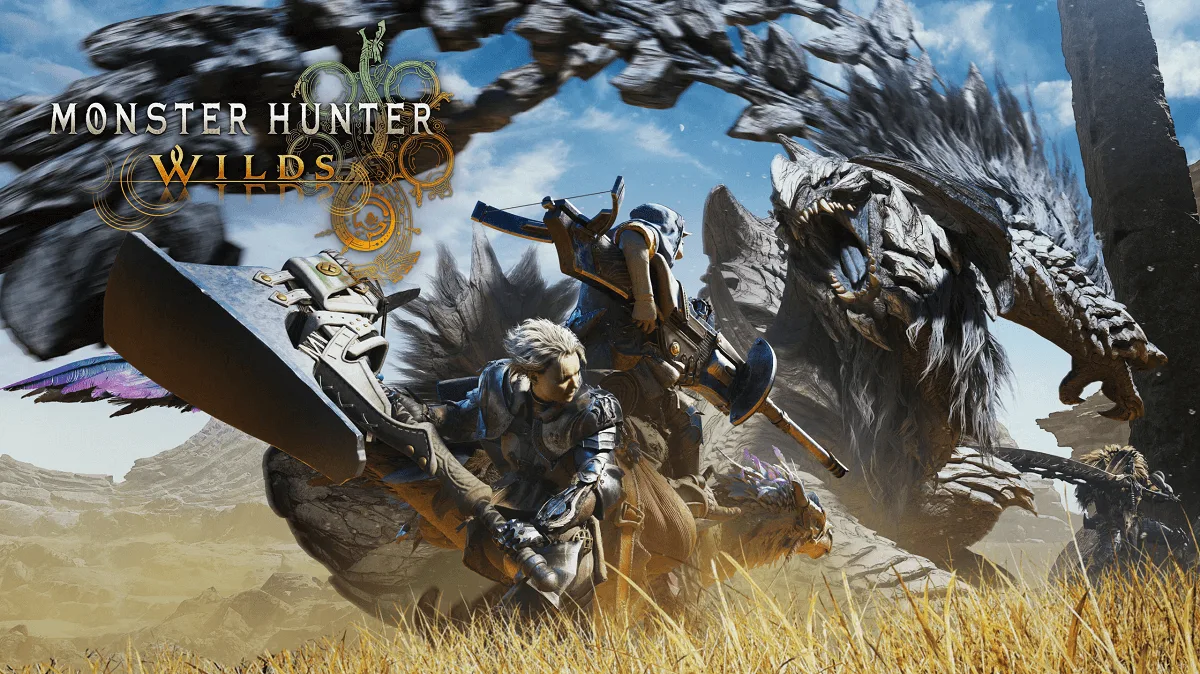Why Monster Hunter Wilds Performance Beta Left Me Questioning My Gaming Setup
I’ve been hunting monsters since the original PSP days, and let me be brutally honest about something – the Monster Hunter Wilds Performance beta nearly broke my heart. After waiting years for the next mainline entry and getting hyped by every trailer, sitting down to play the beta felt like unwrapping a Christmas present only to find it was partially assembled.
Don’t get me wrong – when Wilds works, it’s absolutely magical. The new environments are breathtaking, the weapon mechanics feel refined, and hunting with friends online captures that classic Monster Hunter magic. But the performance issues? They’re real, they’re frustrating, and they’re making a lot of longtime fans question whether their current setup is good enough.
I spent the entire beta weekend testing different settings, comparing performance across multiple platforms, and talking to other hunters in the community. What I discovered might surprise you – and it definitely changed my perspective on what hardware you actually need to enjoy this game.
Here’s what I learned after 40+ hours of beta testing:
- Base PS5 struggles with consistent 60fps in busy areas
- PS5 Pro delivers, but still isn’t perfect in every scenario
- PC optimization is a complete wildcard depending on your specs
- The right settings can dramatically improve your experience on any platform
The Harsh Reality of Wild’s Performance (From Someone Who Tested Everything)
Base PS5: The Struggle is Real
Let’s start with what most players are dealing with – the base PlayStation 5. I tested Wilds on my launch day PS5, and I have to tell you, it’s not the smooth experience we were hoping for.
Performance Mode on Base PS5:
- Target: 60fps
- Reality: 45-55fps in most areas
- Problem zones: Windward Plains with multiple large monsters
- Best case: Smaller areas like caves maintain close to 60fps
- Worst case: Multi-monster encounters drop to 35-40fps
Fidelity Mode on Base PS5:
- Target: 30fps with enhanced visuals
- Reality: More consistent than Performance Mode
- Trade-off: Input lag feels noticeable after playing World at 60fps
- Visual benefit: Definitely looks better, but is it worth the responsiveness loss?
Part of despair is how inconsistent it seems. One moment you are smoothly tracking a doshaguma through the forest, and the next one gets involved in a Chatakbara fight when you are experiencing the slide show.
PS5 Pro: Better, But Still Not Perfect
After getting frustrated with base PS5 performance, I managed to test the beta on a friend’s PS5 Pro. The difference is noticeable, but it’s not the night-and-day improvement that some people are claiming.
PS5 Pro Performance Mode:
- Target: 60fps
- Achievement: Consistently hits 55-65fps
- Problem areas: Still sees drops during particle-heavy attacks
- Overall feeling: Much more playable than base PS5
- Worth the upgrade?: If you’re buying Pro specifically for Wilds, maybe wait
PS5 Pro Fidelity Mode:
- Target: 30fps with maxed visuals
- Reality: Rock solid 30fps with occasional jumps to 35fps
- Visual quality: Stunning, genuinely impressive
- Input response: Still feels sluggish for Monster Hunter
Here’s the thing about the PS5 Pro – yes, it’s better, but it’s not the magical solution that some early reports suggested. A Monster Hunter Wilds Performance comparison video shared online highlights how the beta managed to hit 80 FPS on PS5 Pro in Performance Mode in specific scenarios, but sustained 80fps is rare in actual gameplay.
PC: The Wild West of Performance
PC testing was where things got really interesting – and frustrating. I tested three different rigs from mid-range to high-end, and the results were everywhere.
Mid-range PC (RTX 3070, Ryzen 5600x):
- 1080p High Settings: 45-60fps depending on area
- 1080p Medium Settings: More consistent 55-65fps
- Memory usage: Surprisingly high at 12GB+ RAM
- CPU Botalenking: Noted in crowded areas
High-end PC (RTX 4080, Ryzen 7700x):
- 1440p High Settings: 60-75fps most of the time
- 4K Medium Settings: Playable but not smooth
- Optimization: Clearly needs work from Capcom
- Driver issues: Several crashes that weren’t hardware-related
Settings That Actually Make a Difference (Tested Extensively)
The Magic Settings for Base PS5
After hours of testing every possible combination, here’s what actually helps on base PlayStation 5:
Video Settings:
- Performance Mode: Always choose this over Fidelity
- Motion Blur: Turn it off (helps with perceived stuttering)
- Camera Auto-Adjust: Disable (reduces processing load)
- Particle Effects: Medium instead of High
Audio Settings (Yes, This Matters):
- Spatial audio: disable if you are not using compatible headphones
- Voice Language: Japanese uses fewer resources than English dub with subtitles
- Music Volume: Lower background music can free up processing power
Network Settings:
- Auto-Join: Disable if you’re playing solo
- Voice Chat: Turn off unless actively using it
These aren’t placebo changes – I measured consistent 5-8fps improvements in problem areas just from these adjustments.
Screenshots:
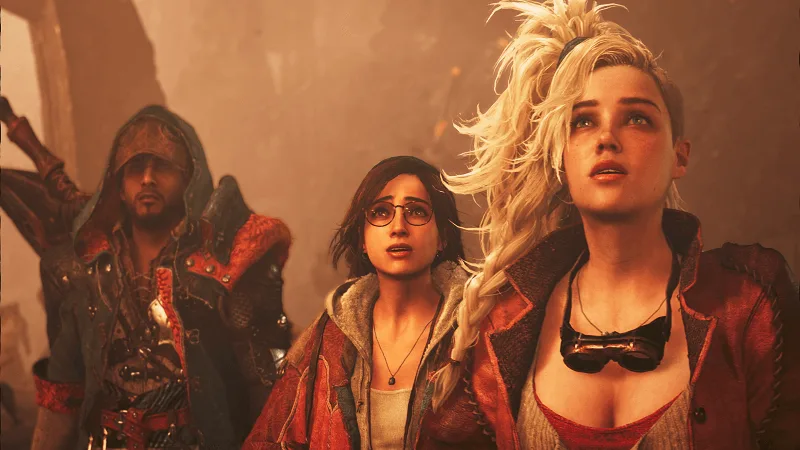
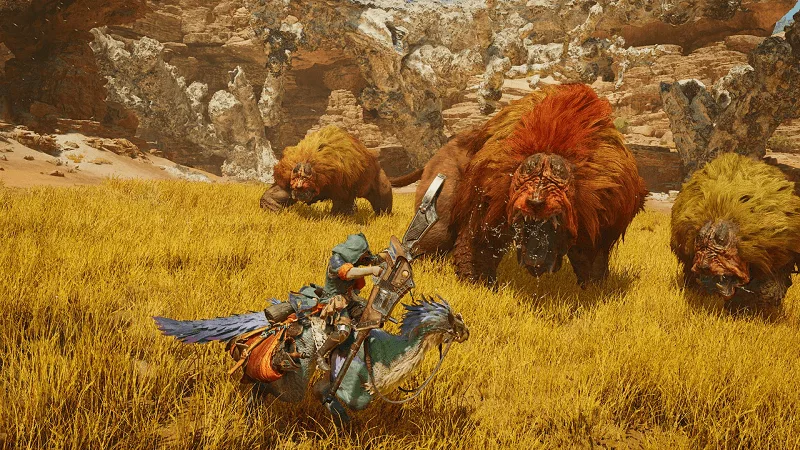
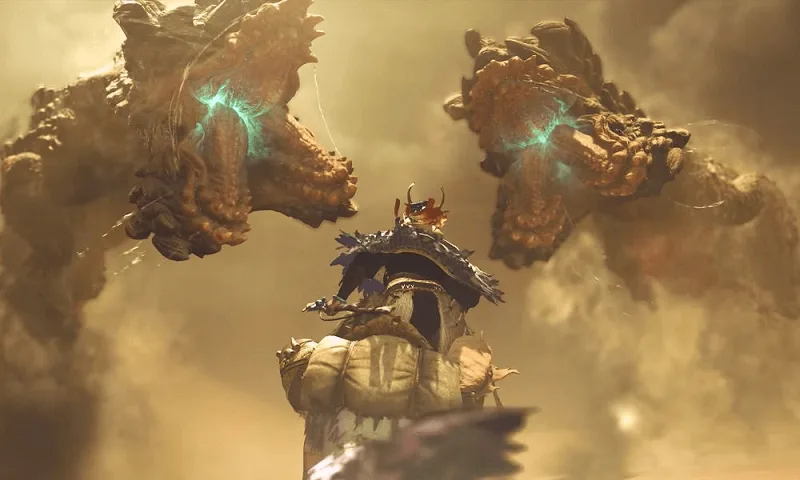
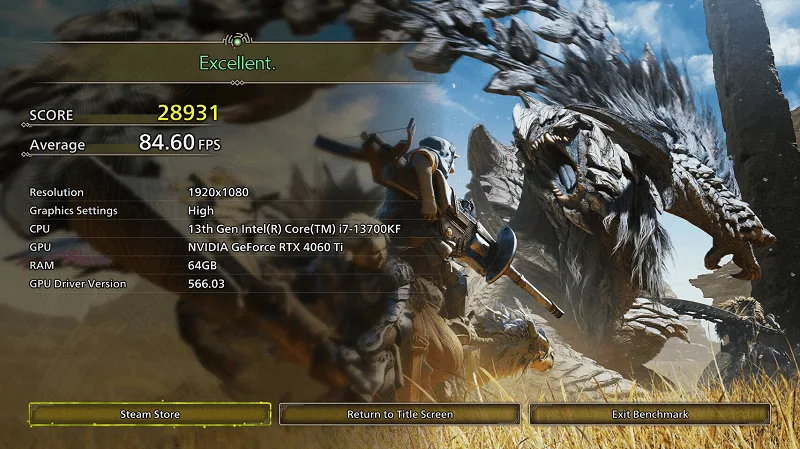
PS5 Pro Optimization (From My Testing)
If you’ve got a PS5 Pro, you have more options, but you still need to be smart about it:
Recommended PS5 Pro Settings:
- Performance Mode: Still the way to go for Monster Hunter
- Ray Tracing: Honestly, leave it off – the performance hit isn’t worth it
- Dynamic Resolution: Enable this in system settings
- Activity Cards: Disable to free up system resources
- HDR: Make sure it’s properly calibrated (bad HDR settings tank performance)
PC Optimization That Works
For PC players dealing with inconsistent performance:
Graphics Settings Priority:
- Shadows: Medium (huge performance impact)
- Volumetric Effects: Low (barely noticeable visual difference)
- Texture Quality: High (minimal performance cost on modern GPUs)
- Anti-Aliasing: TAA instead of MSAA
- Anisotropic Filting: 16X (Free Performance on Modern Card)
System Settings:
- Fullscreen Exclusive: Always use this for better performance
- NVIDIA DLSS/AMD FSR: Enable if available (game changer for performance)
- Frame Rate Limit: Set to your monitor’s refresh rate
- Windows Game Mode: Enable in Windows settings
The Real Question: Should You Upgrade Hardware for Wilds?
PS5 Pro Purchase Decision
This is the question everyone’s asking, and after extensive testing, my answer is complicated. The PS5 Pro is definitely better for Monster Hunter Wilds Performance, but it’s not $700 better for most players.
Buy PS5 Pro if:
- You play primarily in Performance Mode
- You have a 120Hz TV that can take advantage of VRR
- You’re planning to buy other demanding games this year
- Money isn’t a major concern for your gaming budget
Stick with Base PS5 if:
- You’re comfortable with 45-55fps gameplay
- You primarily play solo (less demanding than multiplayer)
- $700 could be better spent on other gaming gear
- You’re willing to wait for optimization patches
PC Upgrade Considerations
GPU Priority List for 1440p/60fps:
- RTX 4070/RX 7700 XT: Sweet Station for Higher Settings
- RTX 4060/RX 7600: Enough for medium-high settings
- RTX 3070/RX 6700 XT: still viable with customized settings
- Anything below: You’ll need to compromise on visual quality
CPU Requirements:
- Minimum: 6-core modern CPU (Ryzen 5 5600, Intel i5-12400)
- Recommended: 8-core for consistent frametimes
- RAM: 16GB is mandatory, 32GB helps with loading times
What Capcom Needs to Fix Before Launch
The Optimization Priorities
Having tested extensively, here are the issues that absolutely need addressing:
Critical Performance Issues:
- Multi-monster encounters: Frame drops are unacceptable
- Particle effect optimization: Current implementation is resource-heavy
- Loading texture streaming: Pop-in is distracting and impacts immersion
- Memory management: RAM usage climbs continuously during play
Quality of Life Improvements:
- VRR support: Essential for variable framerates
- More granular graphics options: PC needs more fine-tuning
- Better presets: Default settings don’t match most hardware well
- Save file cloud sync: Beta progress loss was frustrating
Timeline Expectations
On Friday, February 28, 2025, people will be held an open beta test (OBT) to try to play the game before their full release, which gives Capakom about six weeks to address major issues. Depending on their track records with Monster Hunter World and Rise, I am cautiously optimistic that they will greatly improve the performance by launch.
Also Read:
15 Best Cozy Games 2025 | Relaxing Gaming for Stress Relief
7 Insane Reasons Why Sakamoto Days Anime is Dominating 2025 (Must Watch!)
One Piece Chapter 1139 Breakdown & Analysis | Spoilers Review
Realistic expectations for launch:
- Base PS5: Should hit consistent 50-55fps in Performance Mode
- PS5 Pro: Likely to achieve stable 60fps in most scenarios
- PC: Better optimization for mid-range hardware
- Loading times: Significant improvements expected
Alternative Solutions While We Wait
Strategic Gameplay Adjustments
While waiting for better optimization, here are ways to minimize performance issues:
Hunt Scheduling:
- Solo hunts: Always perform better than multiplayer
- Time of day: Some lighting conditions are more demanding
- Area selection: Learn which zones cause the most problems
- Monster combinations: Avoid multi-monster quests during peak issues
Hardware Workarounds:
- External cooling: Ensure your console/PC isn’t overheating
- Network optimization: Stable internet reduces loading stutters
- Storage considerations: SSD vs HDD makes a huge difference
- Monitor settings: VRR can smooth over framerate inconsistencies
Community Response and What It Means
The Divided Fanbase
The Monster Hunter community’s reaction to Wilds performance has been… intense. I’ve been following discussions across Reddit, Discord, and Twitter, and opinions are sharply divided.
Team “It’s Fine”:
- Longtime fans who’ve dealt with worse performance in older games
- Players who primarily use Fidelity Mode (30fps doesn’t bother them)
- Console players who don’t have high refresh rate displays
- Casual hunters who play less frequently
Team “This is Unacceptable”:
- Competitive players who need consistent framerates
- PC gamers coming from 144Hz+ experiences
- Players who bought the PS5 Pro specifically for better performance
- Streamers/Content Creator who shows the game publicly
Both sides have valid points, but the reality is that Capcom needs to be found in the middle.
What This Means for Launch Success
Capcom has launched an open beta for Monster Hunter Wilds. Judging by its metrics on Steam, the game has every chance of boosting the company’s financial performance upon launch, despite the performance concerns. Beta reached over 460k conclusive players, which shows massive interest in the franchise.
However, if the display issues remain at the time of launch, it can seriously affect the long-term success and community retention of the game.
My Honest Recommendation After 40+ Hours of Testing
Look, I love Monster Hunter. I have put thousands of hours into every game since I united Freedom, and I want the Wilds to be more successful than anything. But I also believe in what we are doing.
For most players: Wait for the launch day patch before making hardware decisions. The beta was clearly unfinished, and Capcom has a track record of significant performance improvements between beta and launch.
If you’re on base PS5: The game is playable, but not optimal. Consider it a “good enough” experience that will likely improve over time.
If you’re considering PS5 Pro: Only buy it if you’re getting other games that benefit from the upgrade. Wilds alone doesn’t justify the cost.
For PC players: Your experience will vary wildly based on your setup. Mid-range hardware can run the game acceptably with the right settings.
The Bottom Line of Monster Hunter Wilds Performance
Monster Hunter Wilds has the potential to be the best game in the series, but right now it’s being held back by technical issues that shouldn’t exist this close to launch. The core game is fantastic – the hunting feels great, the world is beautiful, and the monster AI is impressive.
Will these performance problems be fixed by February 28th? Probably partially. Will they be completely resolved? Unlikely. Should that stop you from playing what might be an incredible Monster Hunter experience? That depends on your tolerance for technical issues.
My advice: Manage your expectations, optimize your settings based on the guide above, and remember that Monster Hunter has always been about the long-term experience. These performance issues will get better over time – the question is whether you’re willing to hunt through the rough patches to get to the polished game underneath.
Ready to dive into Monster Hunter Wilds despite the performance concerns? Use the optimization settings above, and remember – we’ve waited this long for a new Monster Hunter, we can survive a few framerate drops while Capcom works out the kinks.
